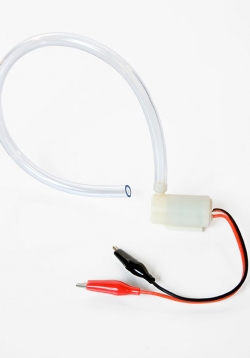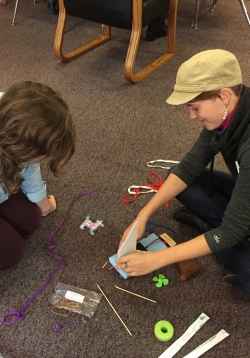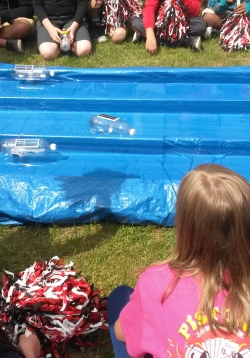Variables Affecting Solar Power
Students will plan and condict an investigation into solar photovoltaic technologies to determine what variables affect the output of panels. They will calculate and compare their exploration of solar panels to their previous investigation of wind turbines...





